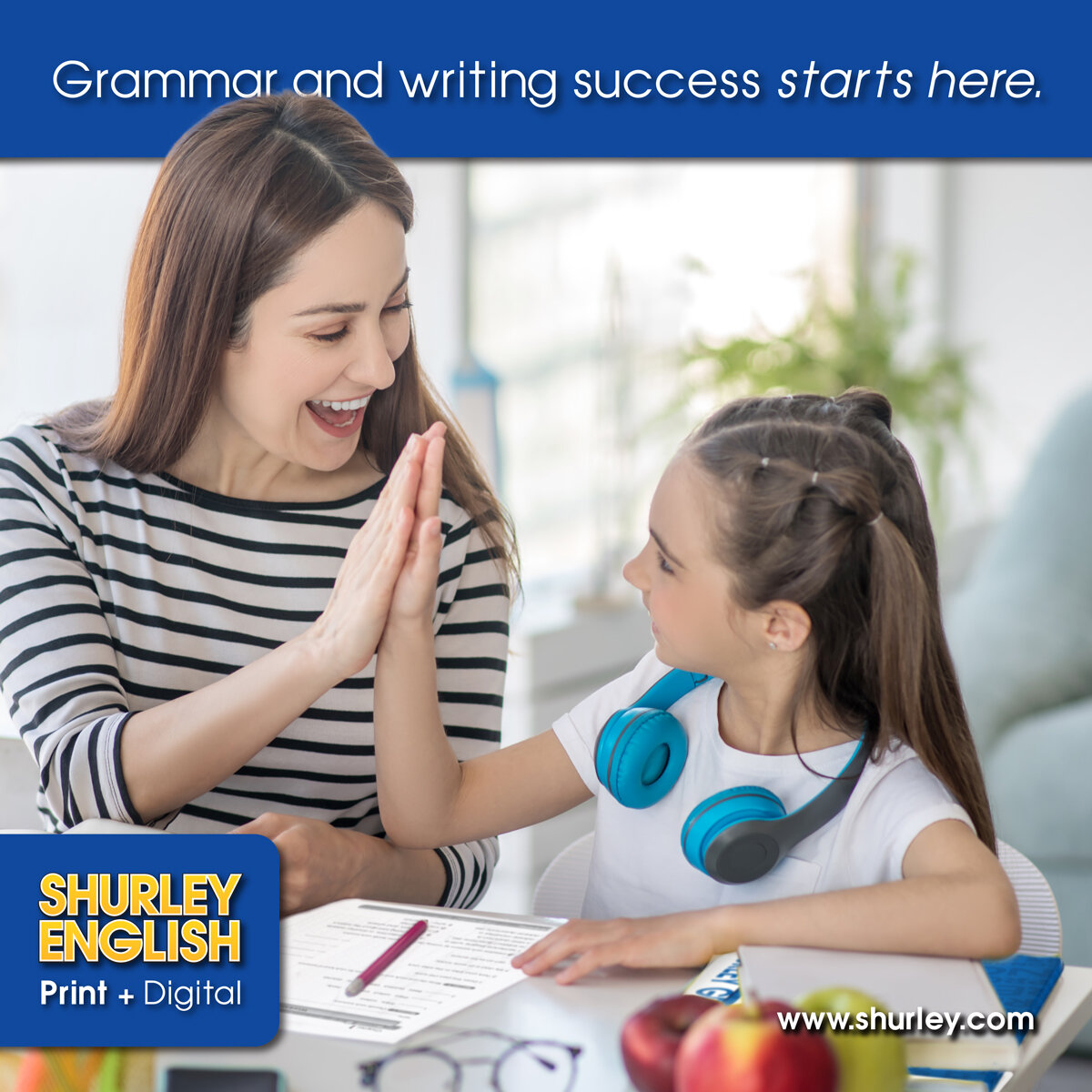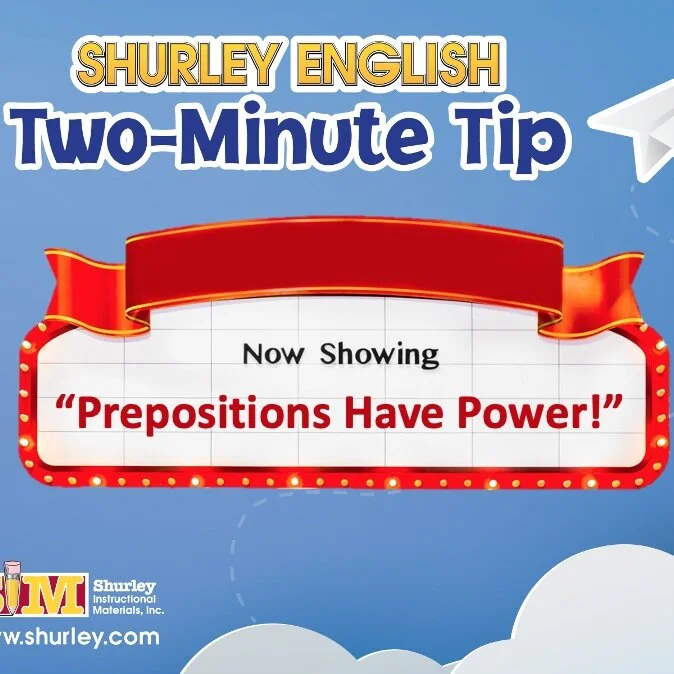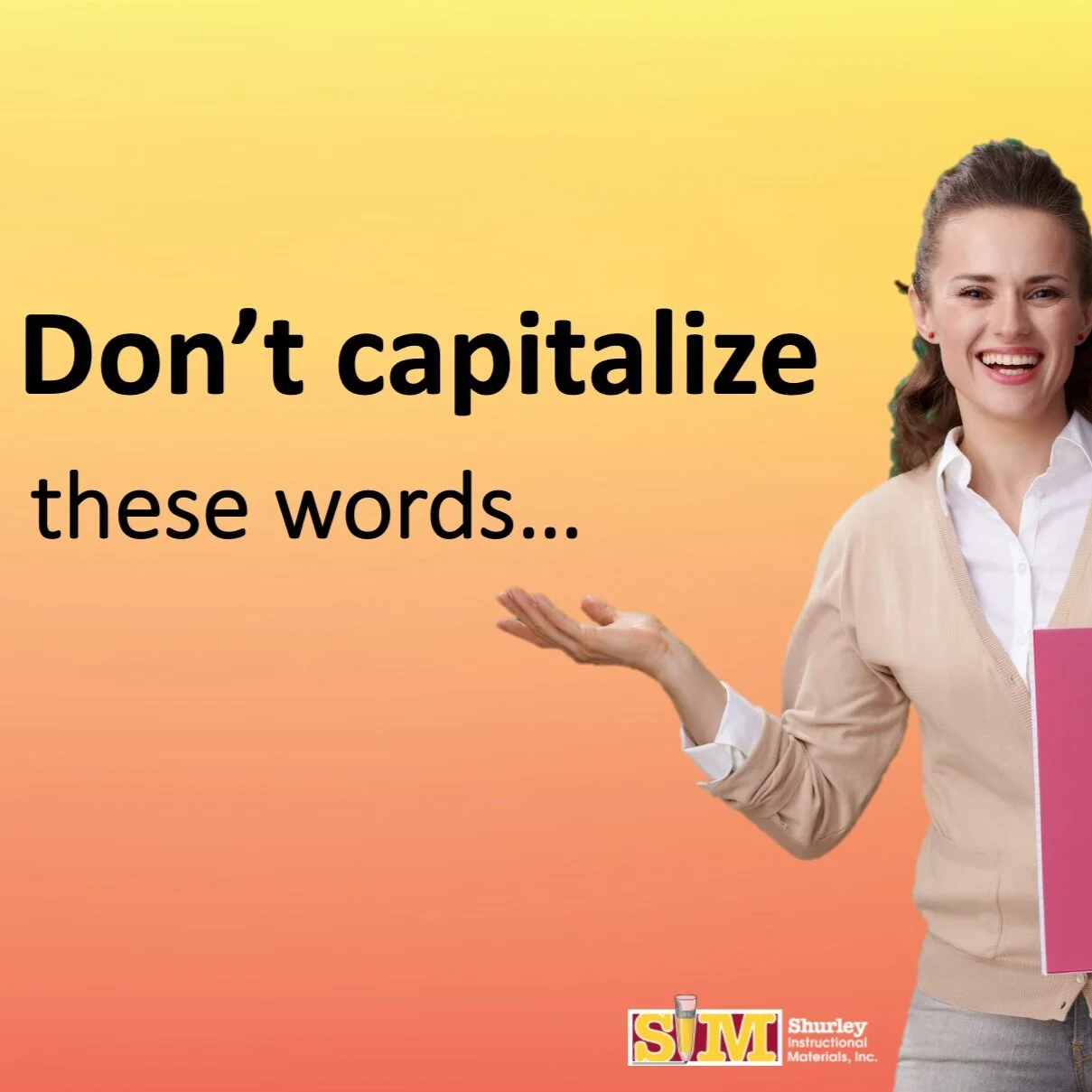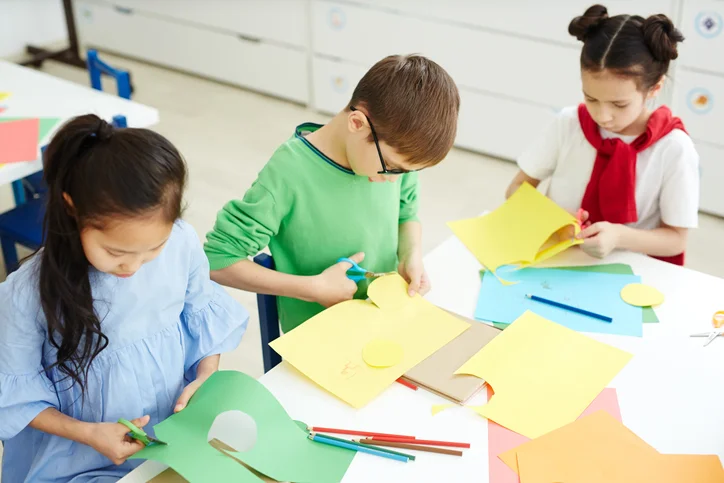As part of my series-within-a-series for figurative language processing, writer’s workshop might seem like a surprising topic to bring up in a discussion about reading comprehension. But, it’s not. I have worked with many students through the years, many who struggled with reading comprehension. They struggled for various reasons, but I discovered that even the poorest readers could read their own writing.
So, writer’s workshop proved to be a very important step when helping struggling readers to find not only their writing voice, but also their reading voice. When you couple that with showing the students how to nuance their writing by using figurative language, they can then connect that understanding to both reading and writing.
Ben Franklin’s old truism about teaching goes: “Tell me and I forget, teach me and I may remember, involve me and I learn.” It’s as true today as it was when he first said it. That’s why writer’s workshop is an ideal event where students gain real experience with figurative language.
I set up writer’s workshops just like I set up literature groups. Every other day, students will either engage in a literature group or in a writer’s workshop. During the writer’s workshop, a lesson about alliteration, for example, might have spring boarded from the previous day’s literature group discussion about a tongue twister, like Peter Piper. After having immense fun reading Peter Piper and having discussed alliteration, the topic for the next writer’s workshop is born!
Each writer is asked to create their own tongue twister, which will highlight alliteration as the “skill” to sharpen up. At the next writer’s workshop, students will be encouraged to read their tongue twisters aloud or in pairs. This is just a simple example to demonstrate how simply figurative language can be taught in a hands-on way, using writing as the vehicle.
You might want to try using writer’s workshop to encourage your kids’ figurative language processing skills. Below is a list of types of figurative language that you can explore:
alliteration
onomatopoeia
rhymes
similes
metaphors
personification
If you do an internet search for children’s books and youth’s novels that serve as excellent mentor texts for each of these kinds of figurative language, you will be amazed at the multiple opportunities you can offer your students to dabble with figurative language and truly comprehend it.
(This post is part of a series on Micro-Comprehension. To start at the beginning, click here. To view the next post in this series, click here.)













































































































